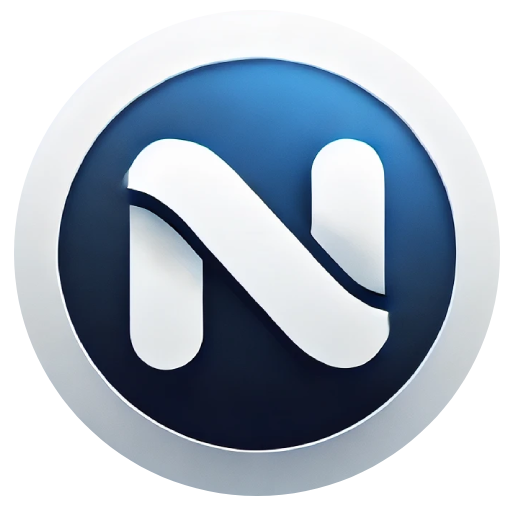How a smartwatch romance turned into a UX intervention
Three years ago, I got a Garmin watch for Christmas.
At the time, I’d already run a few marathons, but I’d never been that person, tracking heart rate, recovery time, cadence… I just ran. But hey, it was a gift. So I strapped it on and quickly turned into the kind of person who wears their Garmin even when walking to the corner shop.
What surprised me was how much I liked it. Seeing my resting heart rate drop? Delicious. Recovery time after a long run? Oddly satisfying. The techy little green lights on my wrist? Very serious vibes. And slowly but surely, I started to think: maybe Garmin knows me.
So a few months ago, while training for the Edinburgh Marathon, I decided to cheat on my Garmin with… Runna. If you haven’t heard of it, Runna is a training app that builds personalised running plans based on your goals, schedule, past performance, and progress. It’s like having a real coach in your pocket, minus the clipboard and ankle socks.
This time around, for my next marathon (it’s in Champagne, if you’re wondering 🍾), I thought: let’s give Garmin a real shot. They have years of my data. Surely they, more than anyone, can build a plan that works for me.
They cannot.
Let’s break it down.
Goal-setting
- Runna: I’m asked if I’m training for a race, aiming to improve a distance, returning postnatally (respect), or even doing some hybrid functional fitness.
- Garmin: “Running or cycling?” Then… “race or milestone?” That’s it. Not even “new parent trying to sneak in runs between naps.”
Race selection
- Runna: I typed in the name of my actual marathon. It popped up. Magical.
- Garmin: Limited to generic 5k, 10k, and half marathon options. Apparently full marathons don’t exist in Garminland.
Time estimation
- Runna: Based on my past runs, they suggest a smart, achievable goal time.
- Garmin: Despite wearing my Garmin on every run for the past 3 years , including during multiple half marathons, they suggest… nothing.
